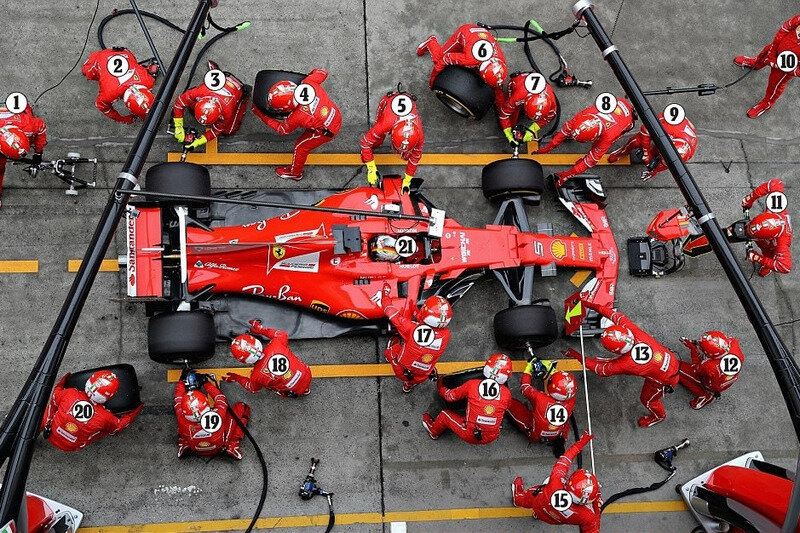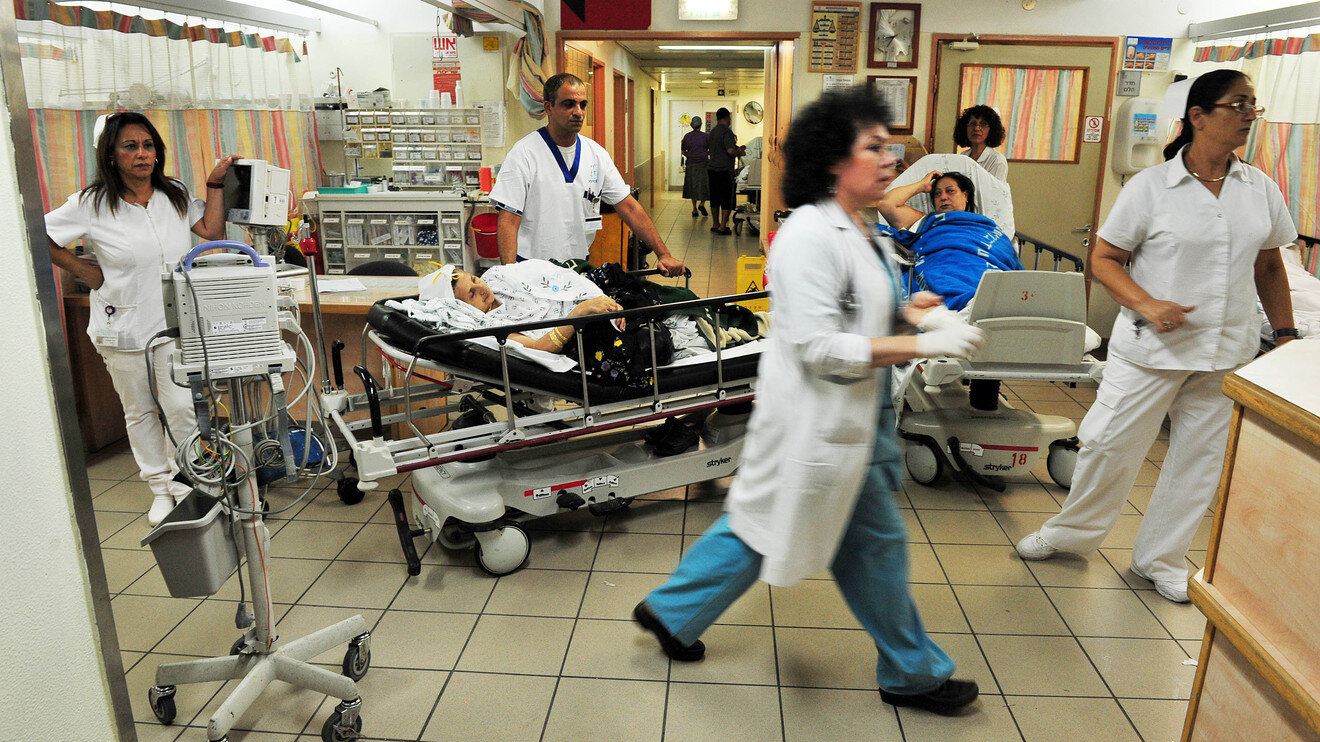Finding Inspiration Everyfreakingwhere!
When it comes to design thinking, we sometimes tend to borrow some ideas from one area and apply them to another totally unrelated one. This abstraction and oversimplification of a process or an event is sometimes super useful to whatever it is we’re working on.
In my research and readings, I came across a case study by IDEO that applied this very well. They were commissioned to redesign the process for a hospital’s Emergency Room (ER). The problem that that particular hospital was facing was that the time taken from when the patient is admitted to the ER to when s/he is moved to an Operating Room or a hospital bed was too long. As the team at IDEO worked their magic to help their client, they came up with a very simple, yet unusual idea. In their solution (and consequently their presentation), they took the doctors and nurses to a Formula 1 Pitt, and they abstracted and simplified the process of replacing the tyres on the cars to apply to the medical team at the ER. When you look at it from a bird’s eye view, you will understand how this, as a PROCESS, is really efficient and there’s a lot to learn from it. Look at the images below to see what I mean:
Sometimes this simplification of concepts and ideas makes us able to focus on the core of what we’re dealing with for the business at hand. Throughout my experience, I have noticed that when I ask entrepreneurs and business owners what their problems are, they more often than not focus on extraneous issues that are far from the core of the problem. Once we find what is causing the pain, and not just the symptoms of the problem, it becomes much easier to move forward from thereon.
“Stop treating the symptoms. Find the disease (or the problem for your business) and solve it at the core.”
One such strategy that attracted me was something I’ve noticed through my work with horses. There’s a mare called Grace that we wanted to catch to give a worming paste. In case you don’t know much about horses, they hate wormers, but they really need them - simply because they get a lot of worms in their stomachs which is really dangerous. Anyway, we went into Grace’s paddock and she started running away from us. She could probably smell the wormer that we had so she wanted us to drop the idea. We would usually corner her somewhere and hold her head (slowly, it’s not torture) to give her the wormer, and she would probably yield and let us take our 15 seconds to administer the drug.
This isn’t what we did. Katrina, a VET nurse who has been in the field for over 30 years, told me “let’s chase her.”
“I beg your pardon?”
“Yes, lets chase her. She chose to run, so she’d better take responsibility for her actions. And when she feels that her choice is not working, she’ll come around.”
We chased Grace and made her run around the paddock for a few minutes. And then she slowly came around and faced us. She even put her head down towards us to give her the wormer. “Get this over with, I’m tired of running,” she was probably saying in her head. The more obvious solution to the problem was to wait for Grace to come around, but what worked better and faster was to make her decide on her own to come to us and to actually want us to give her the worming paste.
This got me pondering about design thinking and how we tend to borrow a lot of things from other places and other disciplines. Like the way IDEO burrowed the process of the Formula 1 Pitt stop for the hospital’s ER. Or how designers tend to use inspiration from nature, or traffic, or any other area in order to design products and concepts.
What I ended up doing for one of my clients who was trying to redesign their Human Resources process was to borrow what Katrina did with Grace. Instead of patting the employees on the back every time they didn’t want to do something (motivation is so important, don’t get me wrong), we intensified the work load but stopped calling it work. We made it all play. We asked them to play harder. Our approach to the work being done was a lot more exciting, even though the load was so much heavier. We eased the working hours, but again it was all “playing” - much less of it was considered work. Instead of making it easier on everyone, we just made it much more fun.
“Traveling gives you ideas. Having fun gives you even more ideas. Going out with your friends can be really inspiring too. And none of it is actual work. You do it all for fun, but your brain can make so many incredible connections that you never thought were possible - and these end up serving the problems you are solving.”
I don’t think anyone could have imagined that there would be a connection between giving a worming paste to a horse in Australia and managing Human Resources in a multinational in Egypt, but hey this is what this process is all about. I didn’t know I would use that experience with this client, either.
In order work well in this line of business is to keep all your senses open: eyes, ears, nose, and your whole existence. Take more pictures that you should. Keep a journal. Write notes on your phone.
Inspiration is everyfreakingwhere. And you never really know when or how you’ll be using these little things you experience every day.
Have you worked on something that you found inspiration for in an unexpected place? Let me know in the comments section.




